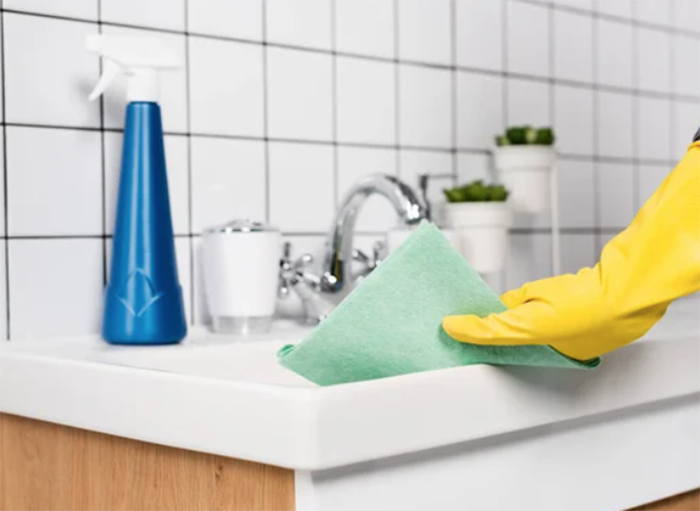Mold and mildew are common problems in many households, especially in areas that are damp and humid, such as the kitchen and bathroom. It is a type of fungus that grows in warm and moist environments and can be harmful to our health. In this article, we will discuss some effective ways to get rid of mildew in the kitchen and bathroom.
What Causes Mildew in the Bathroom?
Mildew in the bathroom is caused by the buildup of moisture and lack of ventilation. When there is moisture, mold spores can grow on any surface, including walls, tiles, caulk, and other areas that are not regularly cleaned. Additionally, a lack of proper ventilation can create a damp environment that fosters the growth of mildew.
How Do You Stop Mildew in the Bathroom?
To stop mildew in the bathroom, you must first identify the source of moisture and eliminate it. This can be done by using a dehumidifier, fixing leaks, and improving ventilation by opening windows or using exhaust fans. Regular cleaning and wiping down surfaces can also prevent mold from growing.
What Kills Mold on Bathroom Walls?
There are several remedies for killing mildew on bathroom walls, including using a mixture of bleach and water, hydrogen peroxide, vinegar, or commercial mold removers. However, before using any of these products. It is important to test a small area first to ensure that it does not damage the surface.
How Do You Get Rid of Mildew Permanently?
To get rid of mildew permanently, it is important to eliminate the source of moisture and improve ventilation. Additionally, regularly cleaning and disinfecting surfaces can prevent mold from growing. For heavy-duty cases, using commercial mildew removers or hiring a professional cleaner may be necessary.
What is the Difference Between Mold and Mildew?
Mold and mildew are both types of fungi that grow in damp environments, but they differ in appearance and texture. Build-up appears as a white or gray powdery substance and is usually found on surfaces such as walls, shower curtains, and caulk. Mold, on the other hand, can be black, green, or other colors and can have a fuzzy texture. Mold is commonly found on organic materials such as wood or drywall.
What Plants Reduce Mold in Bathrooms?
Plants such as spider plants, English ivy, and peace lilies can help reduce mold in bathrooms by absorbing moisture and improving air quality. However, it is important to note that plants alone cannot completely eliminate mold and mildew, and proper cleaning and ventilation practices are still necessary.
In conclusion, mildew in the kitchen and bathroom can be a serious health hazard and should be dealt with promptly. By identifying the source of moisture, improving ventilation, and regularly cleaning and disinfecting surfaces, you can effectively prevent and get rid of mold. Using natural remedies such as vinegar and hydrogen peroxide, or commercial mildew removers can also help eliminate build-up permanently.





